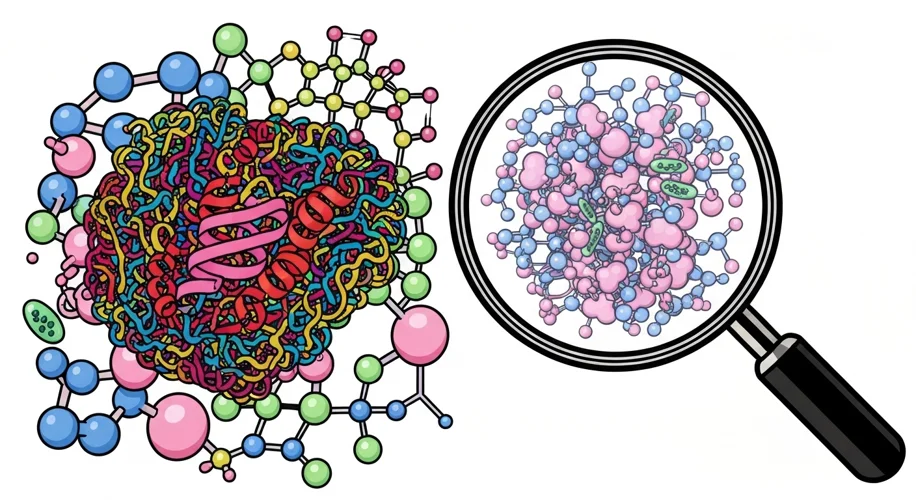Hey everyone, Simone here!
Today, I want to chat about something fundamental in biology: lipids. We often learn about the four major classes of biological macromolecules – carbohydrates, lipids, proteins, and nucleic acids. But here’s a little secret: there’s actually a scientific debate about whether lipids truly fit the definition of a macromolecule. Let’s unpack this a bit.
What Exactly Is a Macromolecule?
In the simplest terms, a macromolecule is a very large molecule. Think of them as giant chains built from smaller, repeating units called monomers. Carbohydrates, like starch, are chains of glucose units. Proteins are chains of amino acids. Nucleic acids, like DNA, are chains of nucleotides.
The key idea here is the polymerization – the process of linking many small, identical or similar monomers together to form a long chain. This is what gives these molecules their large size and complex structures.
So, Where Do Lipids Fit In?
Lipids, like fats, oils, and steroids, are a bit different. While they are definitely large molecules essential for life – think cell membranes, energy storage, and signaling – they don’t always fit the neat

